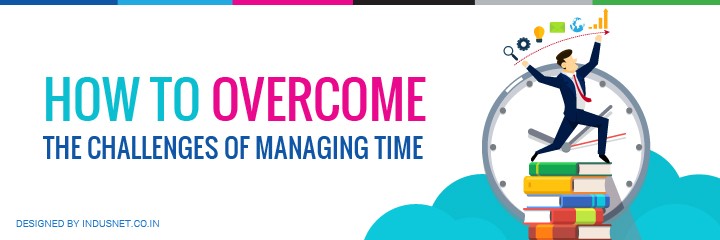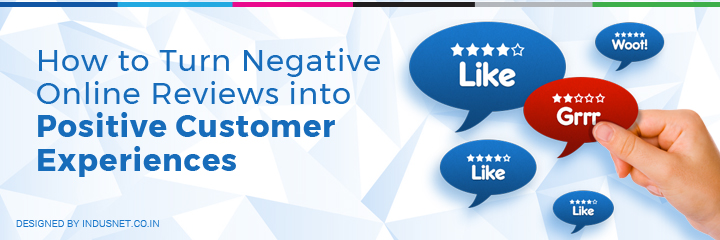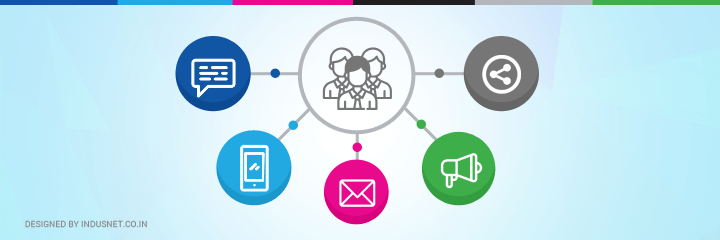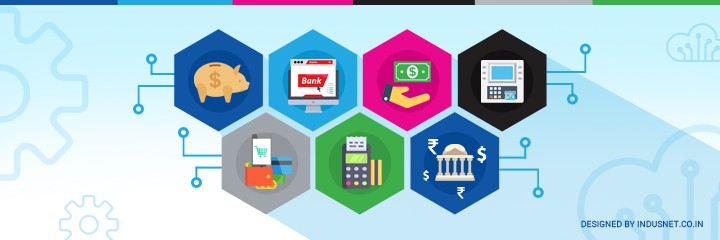
How to overcome the challenges of Managing Time: One Question, Many Approaches
“The significant problems we face cannot be solved at the same level of thinking we were at when we created them.” —Albert Einstein While the struggle against time has existed since the beginning of time, tackling it requires a new approach today. We are all so well-connected now that we often disregard the notion and value of productive hours, which varies from person to person. This timeless conundrum has intrigued economists and sociologists alike. So we as an organization, which harps on productivity, tried to understand how people around the world manage their time. In a small social media poll conducted by us, an open call for suggestions from experts yielded a number of valuable insights and solutions. CEO Abhishek Rungta’s question—What’s your best time management and/or productivity tip?—was met with voluble replies across social media forums like Twitter and Facebook with the hashtag #mytip. Here’s a compilation of what the savants have had to say about the matter. The importance of spacing your work out Serial entrepreneur Mr. Prashant Pansare’s take on the issue involves compartmentalizing chores and prioritizing while planning in order to achieve the immediate goals you’ve set for yourself. He suggests : Slice the workload into smaller tasks based on different focus/methods Keep two uninterrupted hours for the most important work that you can do by yourself Keep an hour aside for unplanned activities that can’t be rescheduled, like important phone calls In case of business meetings, define the outcome expected along with agenda. It is best to avoid email clutter, for eg. asking to be CC’ed Pansare (@PrashantPansare) addresses the unfortunate customer/client trend in India, where the outcome is generally demanded immediately; he adds that expediency must sometimes be sacrificed for priority and time management. Besides maintaining a weekly planner, he also advocates making a note of the amount of work done, work left, time spent, and time wasted over the last week to get a clear idea on the aspect of time management that needs to be worked upon. UNmultitask: Delegating is the key to perfection Nirupam Chaudhuri of NASSCOM and Srish Agrawal of A1 Future share the same opinion about multitasking and urge everyone to pick and focus on one thing at a time. Agrawal (@srishagrawal) says, “Multitasking sounds great but not a great idea for most serious jobs. Delegate, and delegate more as you grow.” He also advises against ad-hoc meetings, encouraging young professionals to have a fixed time and agenda for every meeting. Regional Director at NASSCOM, Chaudhuri rightly adjudges, “Smart working is the need of the time. Rather than finishing all jobs at hand perfectly and thus perhaps not doing justice to all which require parallel processing, it’s perhaps more important to optimise and stick to timelines for jobs at hand.” Give yourself credit for small targets Andy Vale sends pearls of wisdom and motivation all the way from Spain, asking beginners to face each day and each task at a time: “Just pick one thing every day that you will definitely get done. Doesn’t have to be massive, but it makes sure you’ve done something.” (@AndyVale) Keep your work hours free of social media Kuntal Chandra, Senior Software Engineer at Stockopedia (@kuntalchandra) gives voice to the problems of distraction and lack of sustained focus that internet and technology have brought in its wake. Offering a valuable hack from his personal experience, he has found that turning the mobile internet off while coding has helped him prevent distractions and thus “become more productive”. Students who often face this problem especially before examinations have also fallen back on methods like keeping a particular time of day aside exclusively for social media networking and other internet-driven distractions like games and films. For professionals who need complete silence and isolation to get their creative juices flowing, don’t think twice before turning the WiFi off. It will cut the flow of excess information which at times can be a major deterrent. Conquering time as an economical construct comes with great patience and perseverance, as is evident from these pro-tips brought to you, straight from the horses’ mouths. It takes active willingness and effort on your part to make the ticking hands work in your favour. Each person has their own way of dealing with inertia at work and means to fuel one’s productivity. “We will reinvent productivity to empower every person and every organization on the planet to do more and achieve more.” —Satya Nadella, Microsoft CEO Today, the productivity industry is faced with overcoming new challenges and assisting students, young professionals and aspiring entrepreneurs in this brave, new world. Large organizations have pulled up their socks, geared to help achieve new heights and set new standards in terms of time manageability. App and office suite developers are harnessing this demand for structured and strategic means to use productive hours based on individual needs. In order to track, analyze and manage time more effectively, iPhone has recently launched a productivity tool called Time which claims to help you “stay focused and crush procrastination”. Most timers like this use the Pomodoro technique (which enables users to break their work hours into intervals of 25 minutes separated by short breaks). Apps like Slack, WeTransfer, and Germ make working from different parts of the world a piece of cake. Task management tools like Journmail are easily accessible for teaching yourself consistency by writing every day. There are also apps like Slite to help you take down notes on the go faster; Feather is a daily management goal tracker that helps maintain a to-do list. There are customised music apps with ambient playlists like Noisli and ASoftMurmur which cause a visible jump in the concentration level. An endless number of apps are available to designers and illustrators with pitch decks, icon templates, UI kits and layouts in place, thus saving a lot of time. Popular among these are Crello, Sans Francisco, SpeedFont, Emblem, Animista. There are plenty of similar applications and patches that could prove effective for young professionals. Can








